NASA scientists reveal what may be the clearest evidence yet that Mars once harbored life. The discovery comes from a mudstone rock sample collected by the Perseverance rover, which shows minerals and textures strongly reminiscent of microbial activity on Earth.
The Discovery
- In July 2024, the Perseverance rover drilled a core sample from a location on Mars dubbed Cheyava Falls, in an ancient river-valley region known as Neretva Vallis. The sample comes from a formation named “Bright Angel,” which likely once fed water into Jezero Crater.
- Called Sapphire Canyon, the sample is made of fine-grained mudstone that preserves signs of sediment laid down in watery environments.
Scientific Clues That Raised Eyebrows
- Researchers found organic carbon, combined with elements like iron, sulfur, and phosphorus, arranged in distinct patterns.
- Two minerals stood out: vivianite (an iron phosphate) and greigite (an iron sulfide). On Earth, these often form in environments where microbes are active—especially under low-temperature, oxygen-poor conditions.
- The rock also includes peculiar “reaction fronts” (rings or “bullseye” patterns), nodules, and what are affectionately described as “leopard spots”—features that often accompany microbial activity in terrestrial sediments.
How Confident Are Scientists?
- The results are being described as a potential biosignature—meaning the evidence is provocative, but not definitive proof of past life.
- The environment in which the sample formed appears favorable: low temperatures, presence of water in the past, and conditions that avoid extreme heat, which would have erased delicate chemical signals.
- NASA is using something called the Confidence of Life Detection (or CoLD) framework, which helps scientists gradually build and test claims: first by detecting possible signals, then ruling out contamination or nonlife sources, and moving toward higher confidence through rigorous examination.
What Still Needs to Be Done
- To confirm biological origin, scientists will need to examine the sample under Earth-based lab conditions. That will allow for more sensitive analyses—looking for isotopic signatures, microtextures, and chemical structures that strongly point toward living processes.
- Exploration of other nearby outcrops to see if similar features are found elsewhere. Consistency across multiple samples strengthens claims.
- Distinguish chemical reactions that could mimic signs of life from genuine microbial patterns. Many nonbiological processes can produce iron phosphate or patterns of mineral deposition under certain conditions.
Why It’s Big
- If confirmed, this would be one of the strongest pieces of evidence yet that Mars once supported life—potentially microscopic, but life nonetheless.
- It adds weight to theories that ancient Mars was wet and habitable for longer periods than once thought.
- Raises the stakes for bringing Martian samples back to Earth so we can apply the full power of terrestrial laboratories to the question.
Bottom Line
The Perseverance rover’s discovery is stirring excitement: the textures, mineral signatures, and chemical arrangements found in the Mars mudstone are among the best planetary clues yet that life may once have existed beyond Earth. While scientists remain cautious, the findings mark a major step forward in the ongoing search.

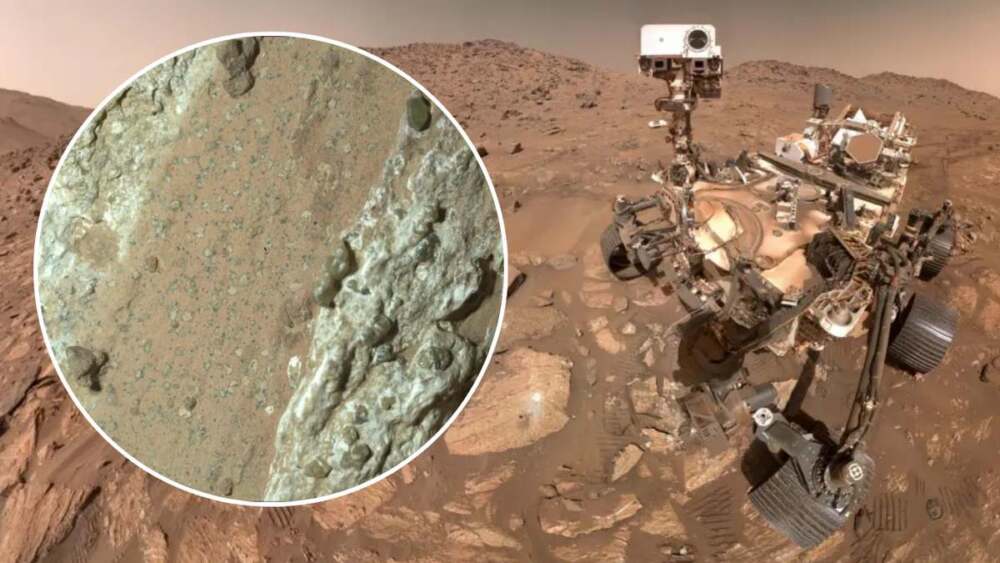
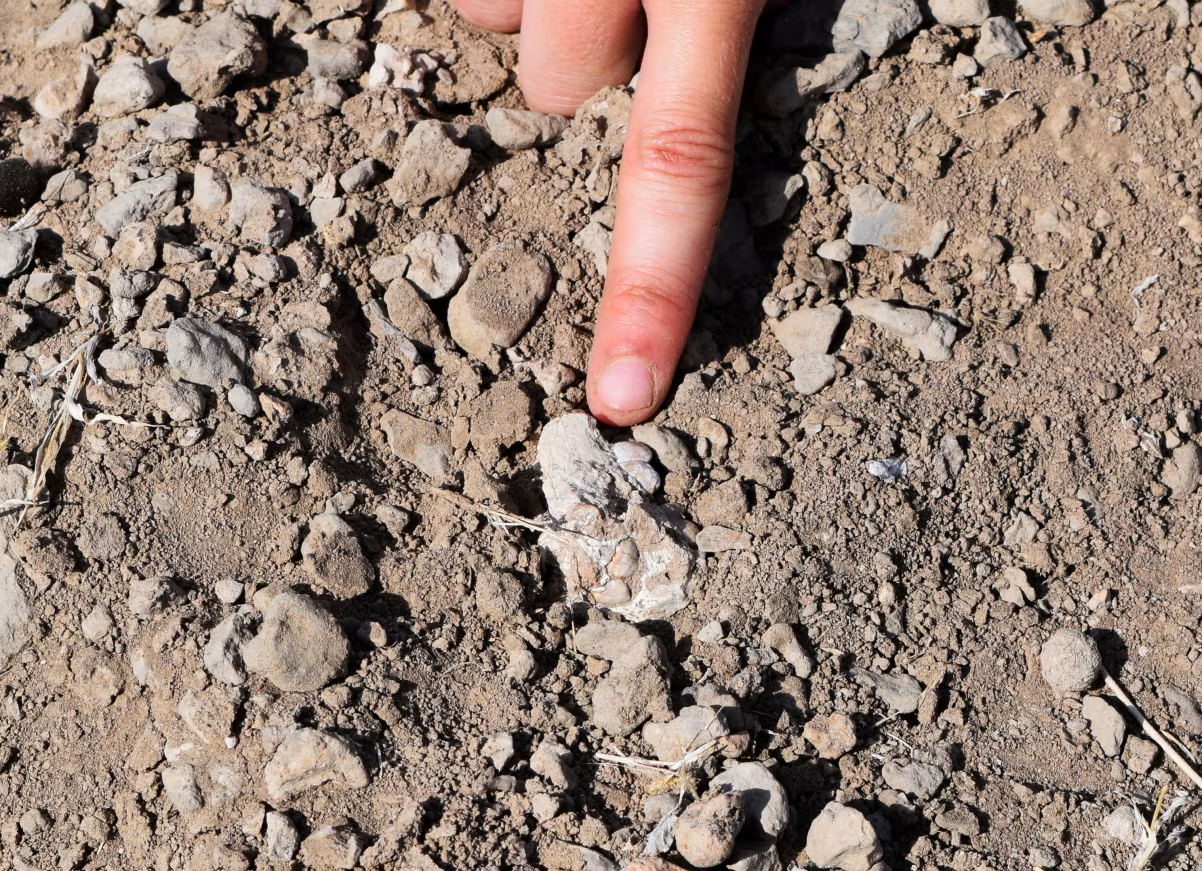
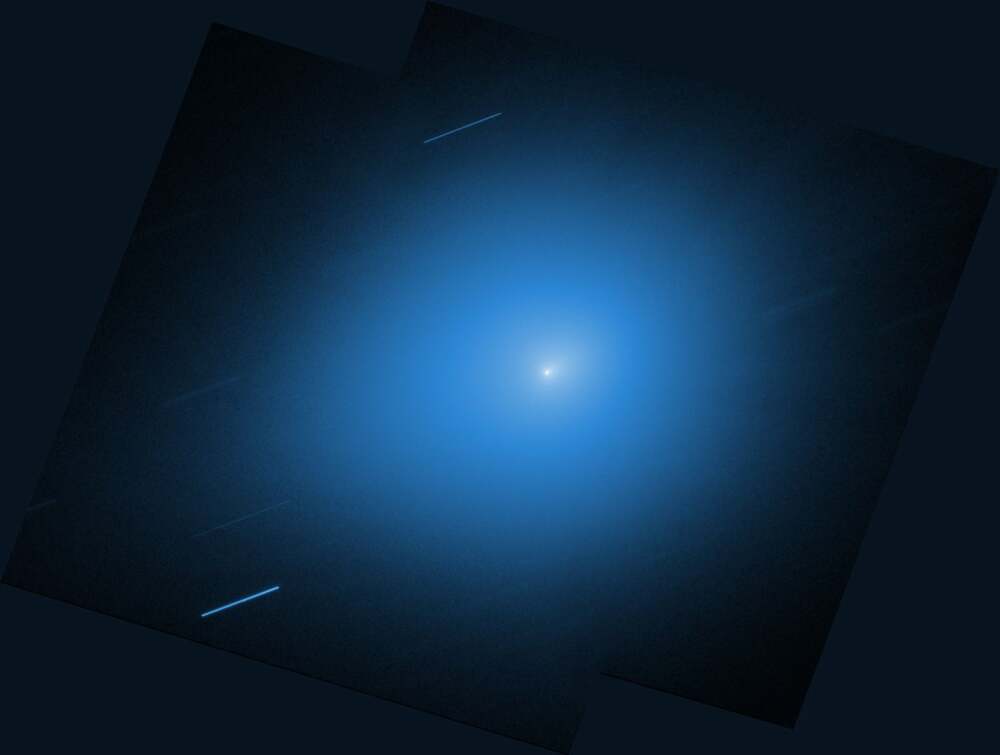

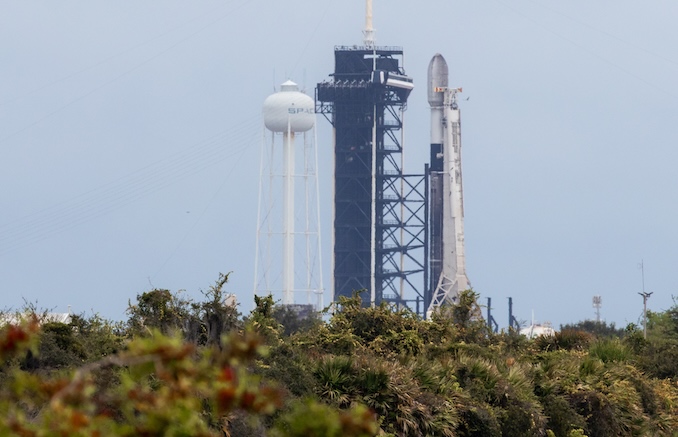
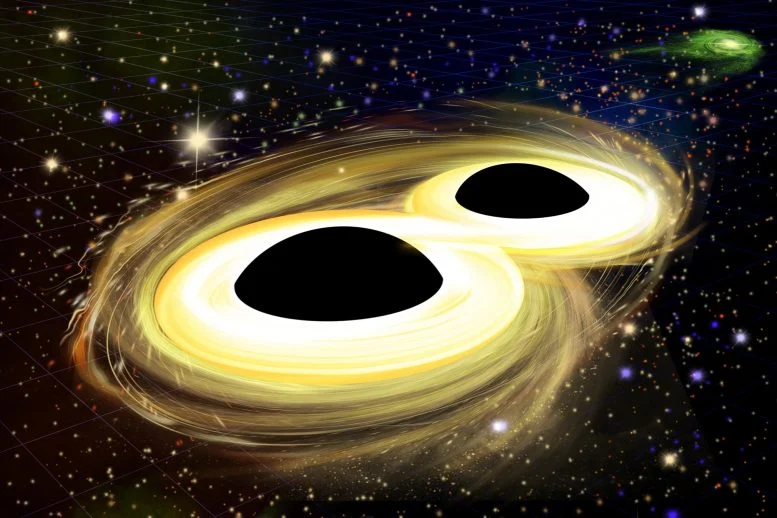


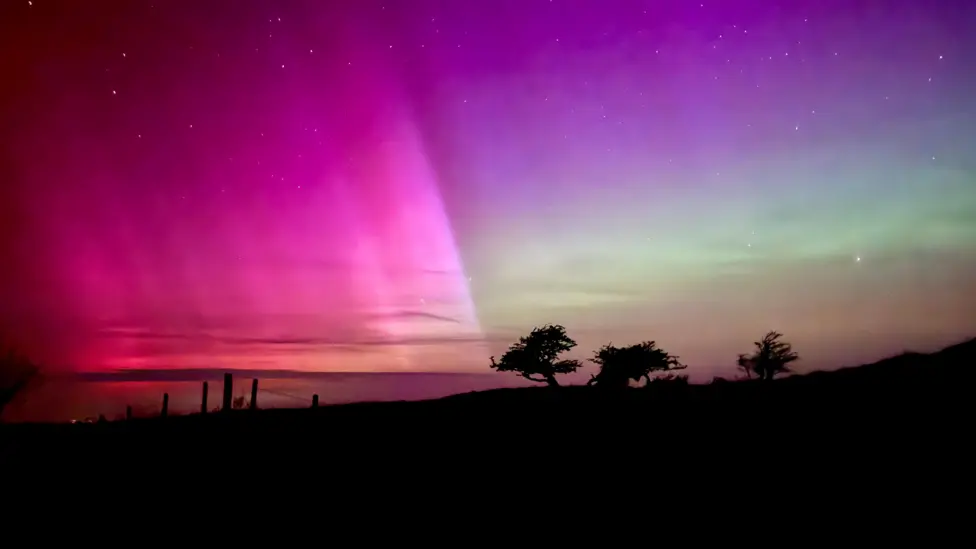
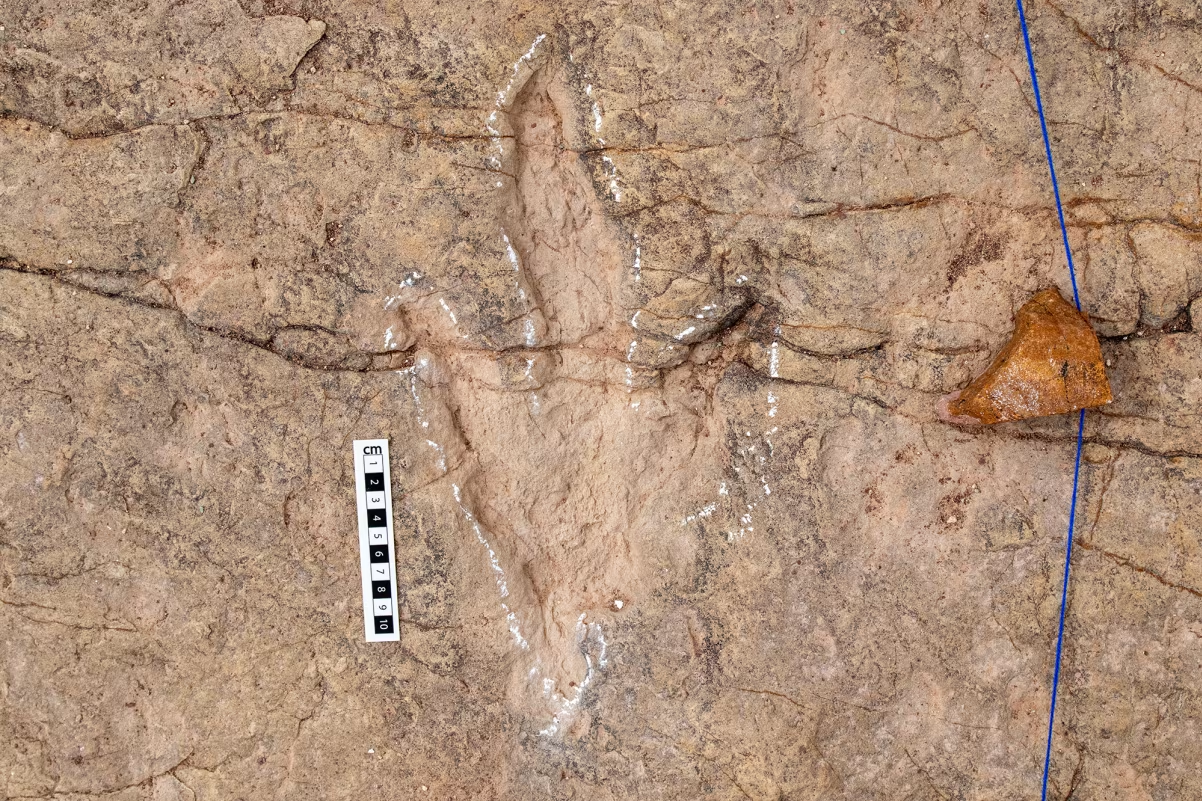
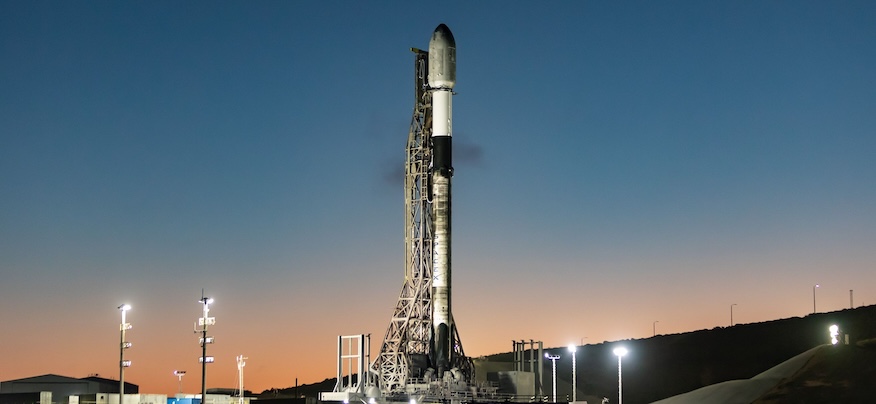


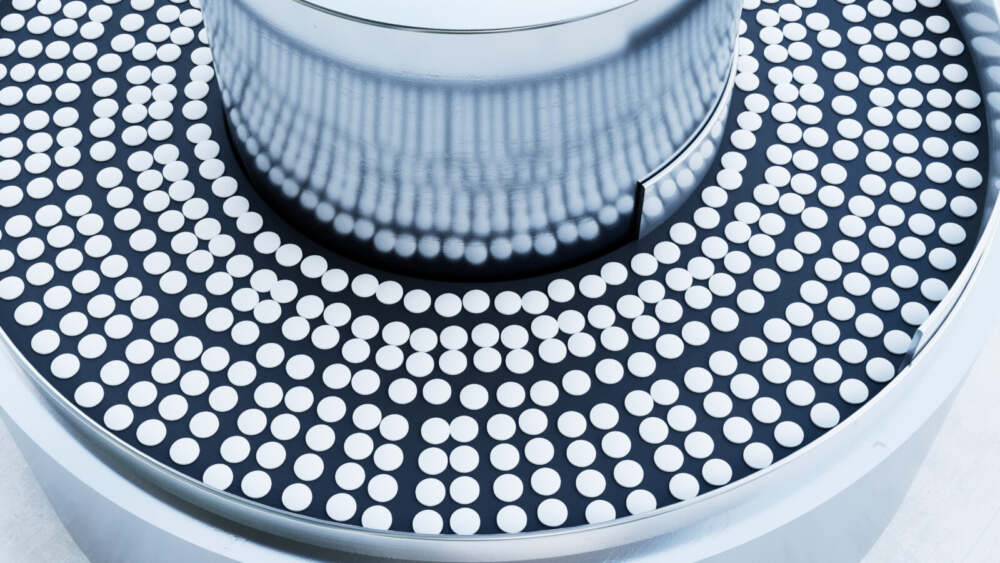

Leave a Reply